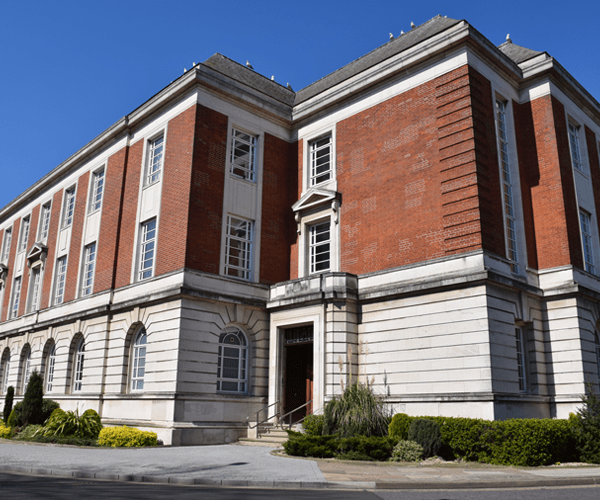Chris
6/26/2024 3:41:49 AM
4 mins read

This weekend (Saturday June 29) will be an opportunity for people to appreciate our incredible coastline as part of World Sand Dune Day 2024.
This annual event coincides with Armed Forces Day in Cleethorpes this year, and the thousands of visitors who flock to the resort are invited to celebrate our coastline but to please respect the plants and wildlife within it.
The majestic sand dunes that lie beyond Cleethorpes Leisure Centre are a site of Special ScientifIc Interest and home to some of the most intriguing and versatile plants and wildlife on our coastline. But maintaining their fragile habitat comes at a cost, especially as coastal sand dunes are the most threatened habitat type in Europe for biodiversity loss.
World Sand Dune Day was launched by Dynamic Dunescapes - a National Lottery-funded partnership set up to restore sand dunes across England and Wales for the benefit of wildlife, people and local communities.
Just like garden maintenance, sand dunes require management to ensure diversity. Coppicing is a conservation technique that has been used for centuries. When left unmanaged, areas of scrub will out-compete other species and grow together to form dense blocks of vegetation, with little room for diversity. By removing some areas of scrub, the ground and grassland habitats beneath are exposed to light and the many plants which are food for butterflies, bats, small mammals and birds can flourish.
Cleethorpes is no stranger to this method of land management, as for the past 25 years the dunes have been the focus of coppicing and removal work at five-year intervals. Regular coppicing, and clearing some areas of Sea Buckthorn and scrub, introduces diversity back into the habitat. The result is a wide range of plants of varying ages and heights.
In December 2021, Natural England, in conjunction with North East Lincolnshire Council’s Ecology Team, cut down carefully selected sections of scrub at Cleethorpes as part of the Dynamic Dunescapes project, and this summer visitors to the resort will be able to see the results of this most recent dune management, which has led to an increase in the abundance of species and plant life now growing there.
Look out for Bird’s-Foot Trefoil, also known as ‘eggs and bacon’ because it can be yellow and orange before the flowers fully open. It is the favourite food of the Common Blue Butterfly, which is always flickering about the dunes.
You can also see Restharrow, so called because of its low growing, spreading behaviour - Harrows would get caught up in it as they were being pulled along.
Silverweed Is one you cannot miss because it shines silver in the light and stands out in the dunes. Mid-June to July is also the best time to see the dune orchids, including the white variety, which are mostly Common Spotted Orchids.
There is also an abundance of reeds at this time, which grow where it’s damp and where the water table is highest. These are called ‘dune slacks’ and provide a particular type of habitat.
Take a walk through the orchids online here with local wildlife expert Mick Binnion.
Cleethorpes Dune Orchid Walk with Mick Binnion (youtube.com)
Having a local nature reserve of this calibre on the doorstep is a privilege and there are many reasons why people need to enjoy these remarkable areas with protection in mind. Cleethorpes is a hugely popular seaside resort and there are few other places where protected natural habitat is so close to a busy tourist destination.
North East Lincolnshire Council is encouraging local people and visitors alike to enjoy the sand dunes and the whole of the coastline this weekend, but to please respect and protect them for generations to come.




